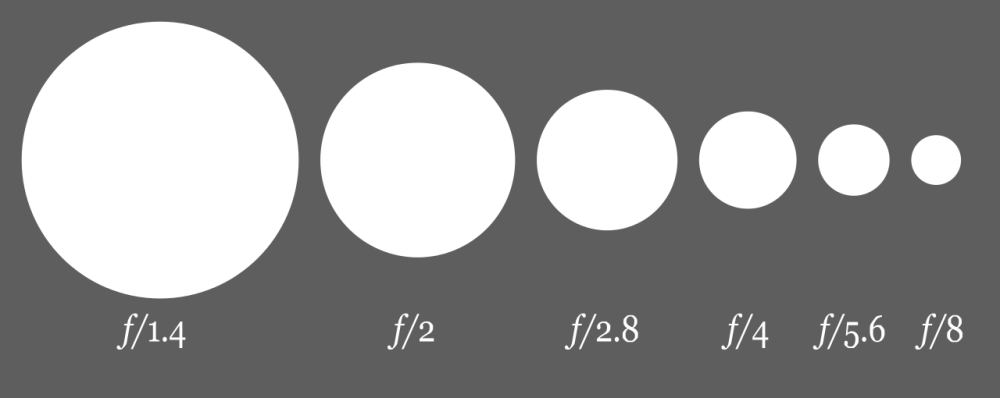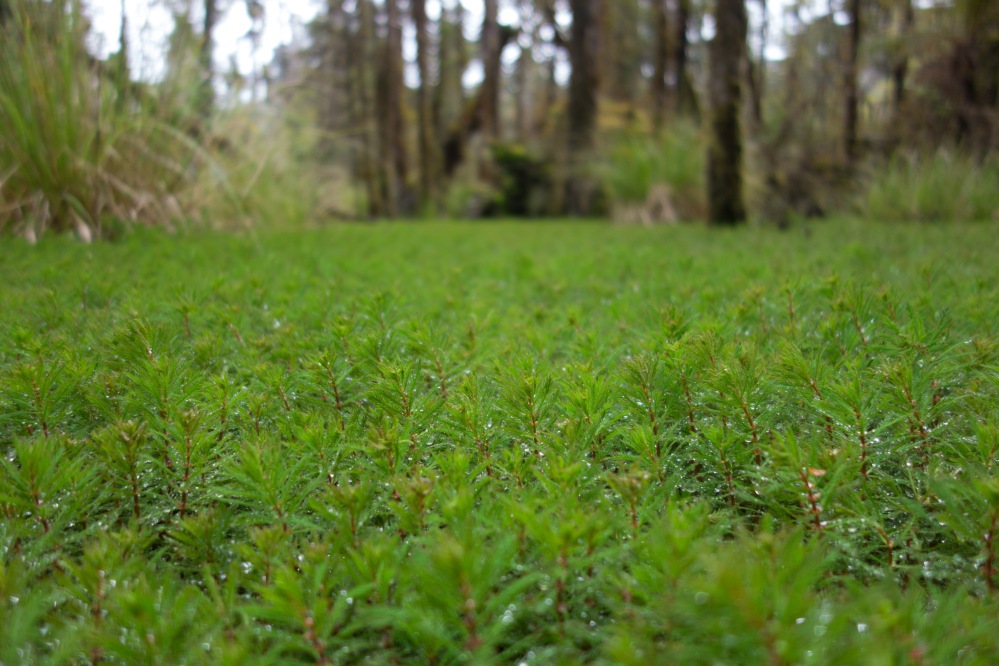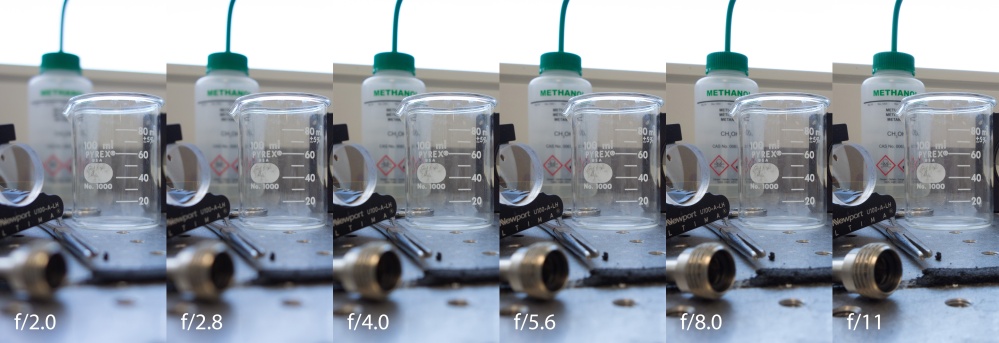At its most fundamental level, photography can be divided into three pillars: Aperture, Shutter Speed and ISO. They each have an effect on the exposure of an image, which is essentially how ‘bright’ it is. A good understanding of how they work is an important foundation for improving your photography. So I’m going to start with aperture.
First of all, I want to mention the website Photography Life. It is an incredible repository of photography knowledge compiled by its various experienced authors, covering nearly any subject you can think of. I’ve spent a lot of time getting lost there.
As a quick aside, aperture is measured in ‘f-stops’, with a lower f-stop corresponding to a larger aperture and a larger f-stop to a smaller aperture. A larger aperture lets in more light but has a smaller depth of field, while a smaller aperture lets in less light but has a larger depth of field. If you want a more in-depth explanation, check out Photography Life‘s articles, they’re great.

My little Sony RX-100 has an aperture range of f/1.8 to f/11. I tended to almost arbitrarily change the aperture to get the right exposure, and when I wanted to purposefully blur the surroundings I’d just ramp it right up to f/1.8 and compensate by increasing my shutter speed. But this really isn’t a great way to go about things. I’d often end up with a ridiculously small depth of field that tended to actually detract from the shot.

I took some photos of some equipment at work to get a feel for the depth of field of different apertures.

You can see that as the f-stop increases, the thread on the screw in the foreground and the text on the bottle in the background becomes sharper; the depth of field is increasing. A lighter touch on the aperture can still get a nice defocus effect without making the rest of the image totally unrecognisable.
So if you want everything in a shot in sharp focus, shouldn’t you just make the aperture really small? Well not quite, because another effect starts to make itself known at small apertures. Diffraction. Detail will start to be blurred at low apertures due to the wave nature of light. I might do a post on the science behind aperture effects because the optics is really interesting but I won’t start a spiel here.
Diffraction effects at f/11, the smallest my camera’s aperture can get, are pretty negligible. You really only have to worry about them if you go smaller than that (though as a disclaimer it is camera dependent), but it’s still important to remember there is a bit of a balancing game between depth of field blur and diffraction blur.